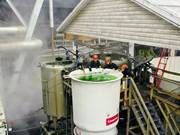
The goal for Microfeed is to be able to use diatoms as a raw material in salmon feed by contributing with documentation to show the effect of diatoms on nutrition, health and quality of salmon...

The goal for Microfeed is to be able to use diatoms as a raw material in salmon feed by contributing with documentation to show the effect of diatoms on nutrition, health and quality of salmon...
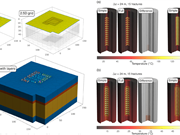
In this industrial innovation project, we combine numerical simulation and optimization to develop a digital platform for optimizing design and long term management of open, complex geothermal...
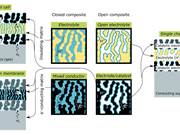
The primary objective of SUPROX is to develop materials for fuel cells based on proton conduction in water layers of porous oxides operating at or above 80 °C as an alternative low-cost...

There is a need for better facilities for today's psychiatric unit at Sørlandet hospital (SSHF) in Kristiansand, Norway. Today it is old and inconvenient in terms of quality and operation....

HyLAW stands for Hydrogen Law and removal of legal barriers to the deployment of fuel cells and hydrogen applications. It is a flagship project aimed at boosting the market uptake of hydrogen and...

...- new tool for local planning of sustainable energy systems New emerging technologies yield better possibilities to design sustainable energy systems for the future, but also introduce more...
Small scale stationary Combined Heat and Power (µ-CHP) generation is foreseen as a significant future market for fuel cells. Among the fuel cell types, the Proton Exchange Membrane Fuel Cell...
The project CAESAR is building on work currently performed with the FP6 IP CACHET. One of the four pre-combustion CO2 capture technologies that are being developed in CACHET is the Sorption...
The FCTEDI project is exclusively concerned with the dissemination of results in fuel cell testing, quality assurance and safety of fuel cells especially efforts on harmonization, benchmarking...
The primary objective of SEALEM is radical improvement of lifetime and performance of ceramic membranes for gas separation over existing technologies. The secondary objectives are to: develop...
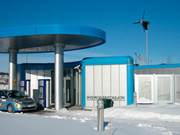
The main objective of the NEXPEL project, a successful demonstration of an efficient PEM electrolyser integrated with Renewable Energy Sources, supports the overall vision to establish hydrogen as...
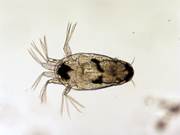
One of the greatest environmental challenges facing the salmon farming industry is lice. SINTEF Fisheries and Aquaculture uses its interdisciplinary expertise to find solutions to the problem. At...

BA2015 (Construction2015) is a program focused on the construction sector aimed at collecting, developing, and implementing processes, systems, and knowledge that will result in measurable...

The objective of the project is to develop novel temperature regulating fibres and innovative textile products for thermal management, selected by the SME segment of the textile industry in...
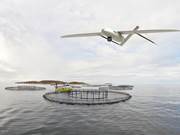
SENSODRONE evaluates the potential of using remotely piloted air systems in the maritime sector. Craft and sensors must be adapted to maritime conditions in order to collect high...

The trial of offering a foreign language at the 6th -7th grade is a project directed by the Norwegian Directorate of Education and Training. It spanned 2 years from autumn 2010 until spring 2012....
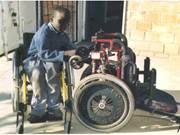
A concept for empowerment, participation, and rehabilitation for people with disabilities in low income countries The LOREWO Concept The Local Rehabilitation Workshop (LOREWO) concept is flexible...

In this project we will provide knowledge about the challenges local government faces when it comes to following up the current IA agreement, and the issues that are particularly important to...

The project goal is to provide new and important knowledge of cooperative and communicative structures between the multilevel collaborating parties working together on several areas, among them...
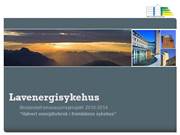
This project aims to halve the energy consumption in new hospital buildings in Norway. It is a four-year, user-driven innovation project supported by the Norwegian Research Council. The research...